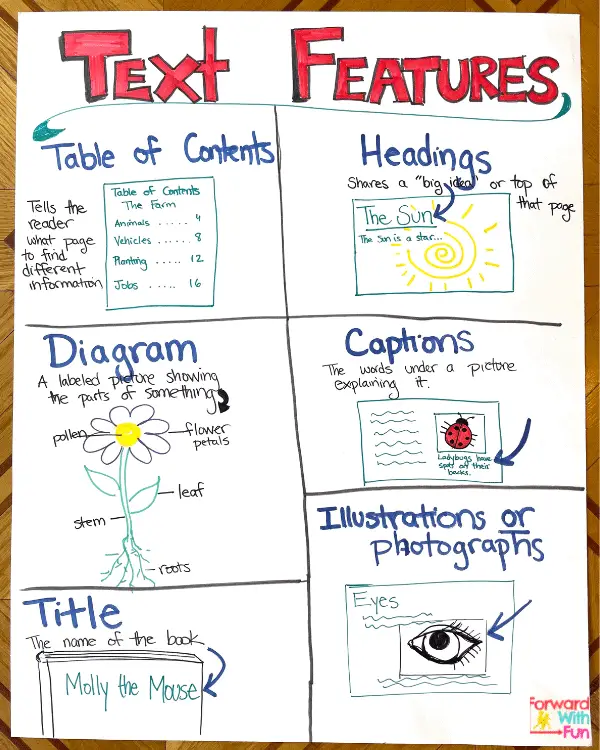
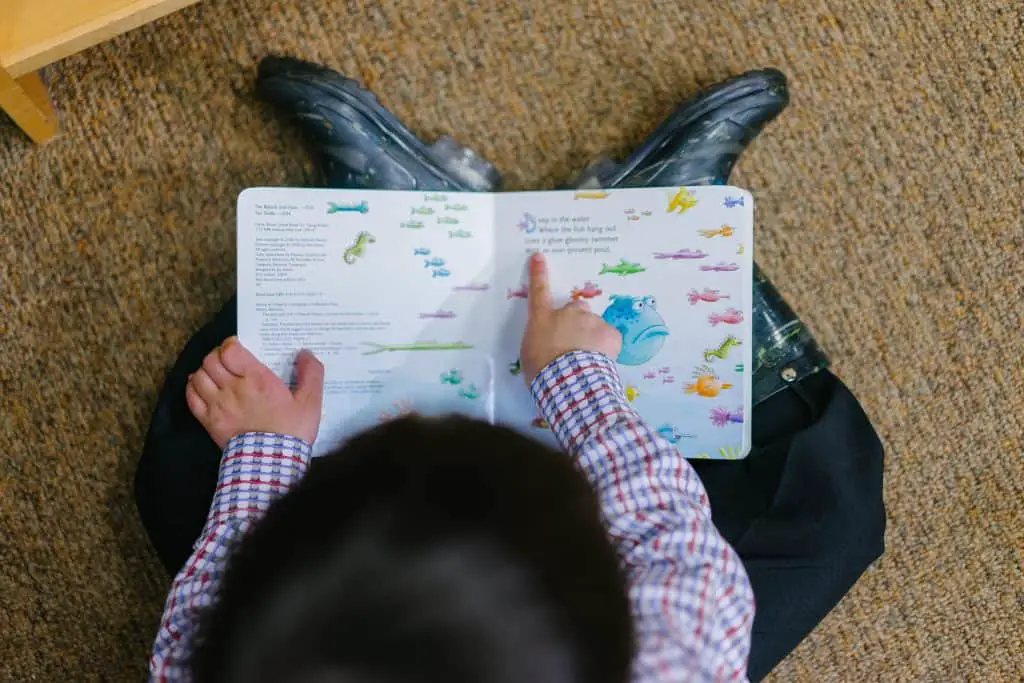
For kindergarteners, books offer excellent opportunities for learning about the world. Besides nourishing their imaginations, books help kids develop critical thinking skills, expand their vocabulary, and expose them to other cultures and practices.
Above anything else, reading aloud to your children is the number one thing we teachers recommend for kids ages 0-5. Children get many opportunities to see letters and words in action as they listen to a story, benefiting them greatly when it comes to learning phonics!
Literacy expert Carol Anne St. George wants children to develop a love for reading as early as possible. This suggestion is especially applicable for kindergarten students, the majority of whom are still in the early stages of their reading journey.
Parents and teachers play an essential role in choosing good books for children picking up this skill. They should provide children with impactful and strategic learning materials because these early stages, particularly ages 4 through 5, are crucial in cementing a love for reading.
Here are three characteristics you should look out for in books for kindergarteners:
A good children’s book uses simple but interactive language. Because kindergarteners are still developing more complex vocabularies and sentence structures, it is necessary that the books they read convey their messages in straightforward and easy-to-understand terms. Nonetheless, compelling storytellers utilize techniques such as rhymes and rhythms to keep their narratives engaging. A good book also tries to evoke a wide array of emotions and sparks the reader's curiosity through certain words and phrases.
One notable example of this characteristic is Our Little Kitchen which uses descriptive words such as chopping, slicing, whisking, and whipping. These words are not just simple, but they also evoke imaginative thinking. The book's simple yet fascinating plot effectively harnesses words that children can incorporate into their growing vocabulary.
One of the most critical elements of a children’s book is pacing. A good book for kindergarteners is neither too fast nor too slow as these children are still developing language, vocabulary, and independence. This type of balanced pacing is evident in Everything for Early Learning with its focus on foundational skills. As a workbook designed to approach mathematics and language arts creatively, it makes use of short yet increasingly complex activities. This effective strategy keeps children engaged as they turn the pages encountering wins as they progress through the workbook.
A balanced and easy-to-follow pace will keep the young readers busy and help them lengthen and strengthen their attention span. A gradual increase in difficulty level can also prepare them for longer books and independent reading as they progress in their learning journey.
Early readers tend to be visual learners, hence the popularity of colorful picture books. These reading materials provide children with visual stimulation and keep their eyes absorbed. Indeed, illustrated stories guide kindergarteners and maintain their interest as they go along the narratives.
However, illustrations aren’t the only ways children’s books utilize visual design. Another example is typography; book writers and designers often use font styles and sizes to convey a particular meaning or highlight a specific section. My blog post on Concepts of Print explained how print awareness works and how parents and educators can easily teach children this skill.
Typography can help in this aspect by directing the child’s eyes towards the different parts of a book. Clifford The Big Red Dog effectively uses typography in this manner. As a recognizable classic, the series uses repetitive visual elements in its books, making it easier for children to develop print awareness as a reading skill.
Children can benefit greatly from reading books that exhibit these three characteristics. These reading materials can impart significant value to kindergarteners and develop their love of reading and learning teach for the many educational years to come.
Have you found any great books for kindergarteners we should check out?
Text features are all the parts of a text that are not the main text itself. They include title, headings, captions, pictures, diagrams, table of contents, glossary, and more.
You can find text features in both fiction and nonfiction texts but are more common in nonfiction text.
On the cover of each book is our first text feature, the title. The title of a text can be found in both fiction and nonfiction texts. The title tells you what the text will be about before even opening it. Titles are sometimes called headers or headings as well. Don't let those terms confuse you!
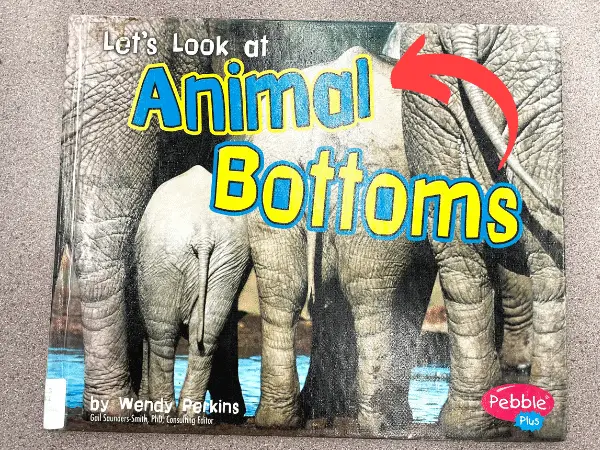
Knowing the parts of a book including the where we can find the front and back cover along with the title is part of a set of early reading skills called concepts of print.
In kindergarten teachers teach that the title page shares the title of the book, but instead of being on the cover, it has it's own page.
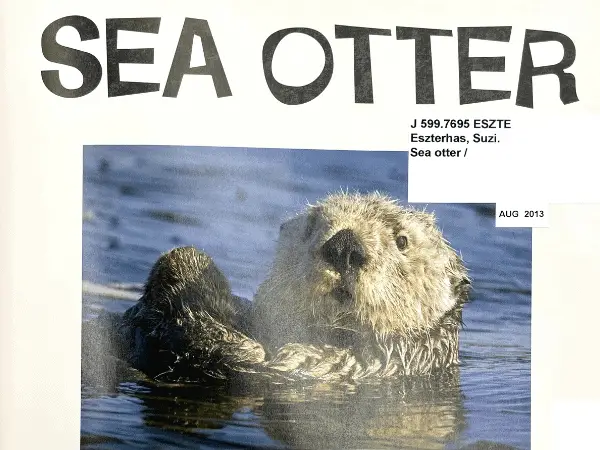
A table of contents precedes the story or main content of a book and can be found in nonfiction as well as fictional texts. We use the table of contents to view a list of what is included in that book/magazine and what page we can find it on!
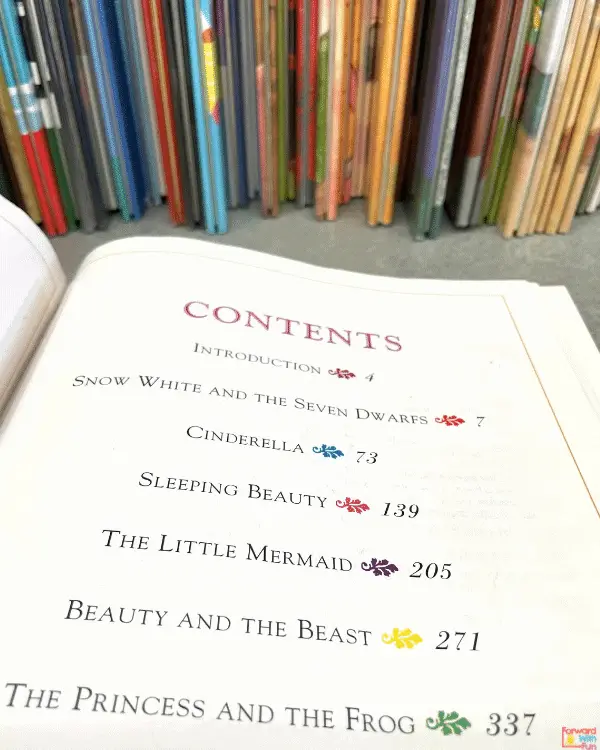
A diagram is a picture with labels and can be found in both fiction and nonfiction books as well as textbooks. It serves to give the reader more detail about the picture.
In kindergarten, children often learn to write by first labeling pictures that they draw with one or two words. Seeing diagrams in mentor texts helps kids with their own labeling. Creating diagrams also gives children a way to practice writing without having to write full sentences. Kids are often excited to create diagrams of their favorite things, to demonstrate their expert knowledge about preferred things such as princesses, construction vehicles, flowers, etc.
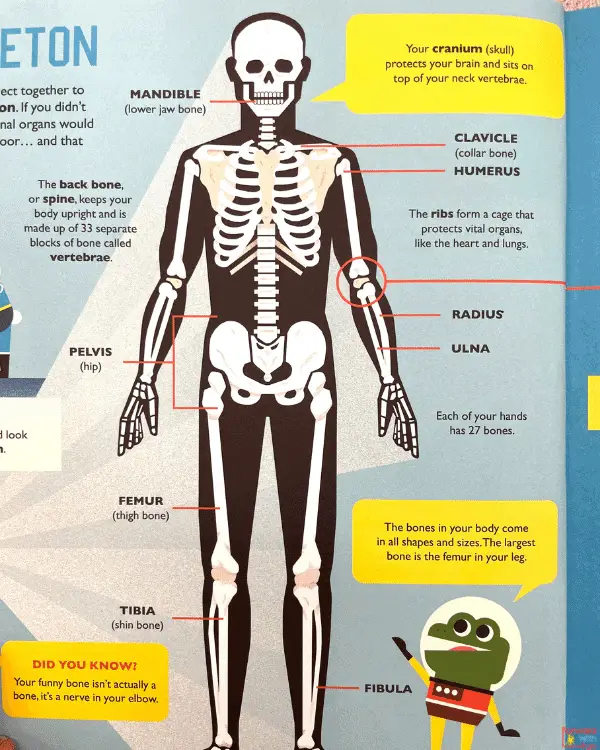
Photographs are found in nonfiction texts and are taken with a camera to show what something actually looks like. They're often accompanied by captions or sometimes labels like a diagram.
A caption explains or describes an image found on the page. Captions are most often seen with pictures, charts or graphs. In many children's nonfiction texts the caption can be a "Did you know?" fact or just gives a bit more detail about the picture. See the next graphic for an example.
These can be chapter names in fictional stories but are more commonly used in nonfiction text. Much like the title, a heading will tell you what the next page(s) will be about.
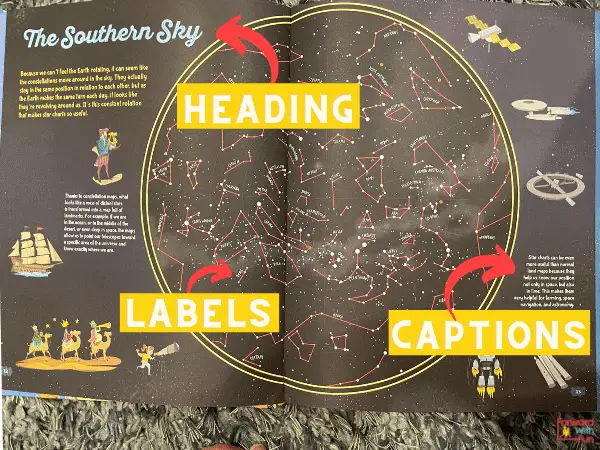
Some texts may include other text features like glossary, sidebars, timelines, maps, index charts etc., while others do not have any. Though we might see some of these in kindergarten, they're more a focus for older grades.

